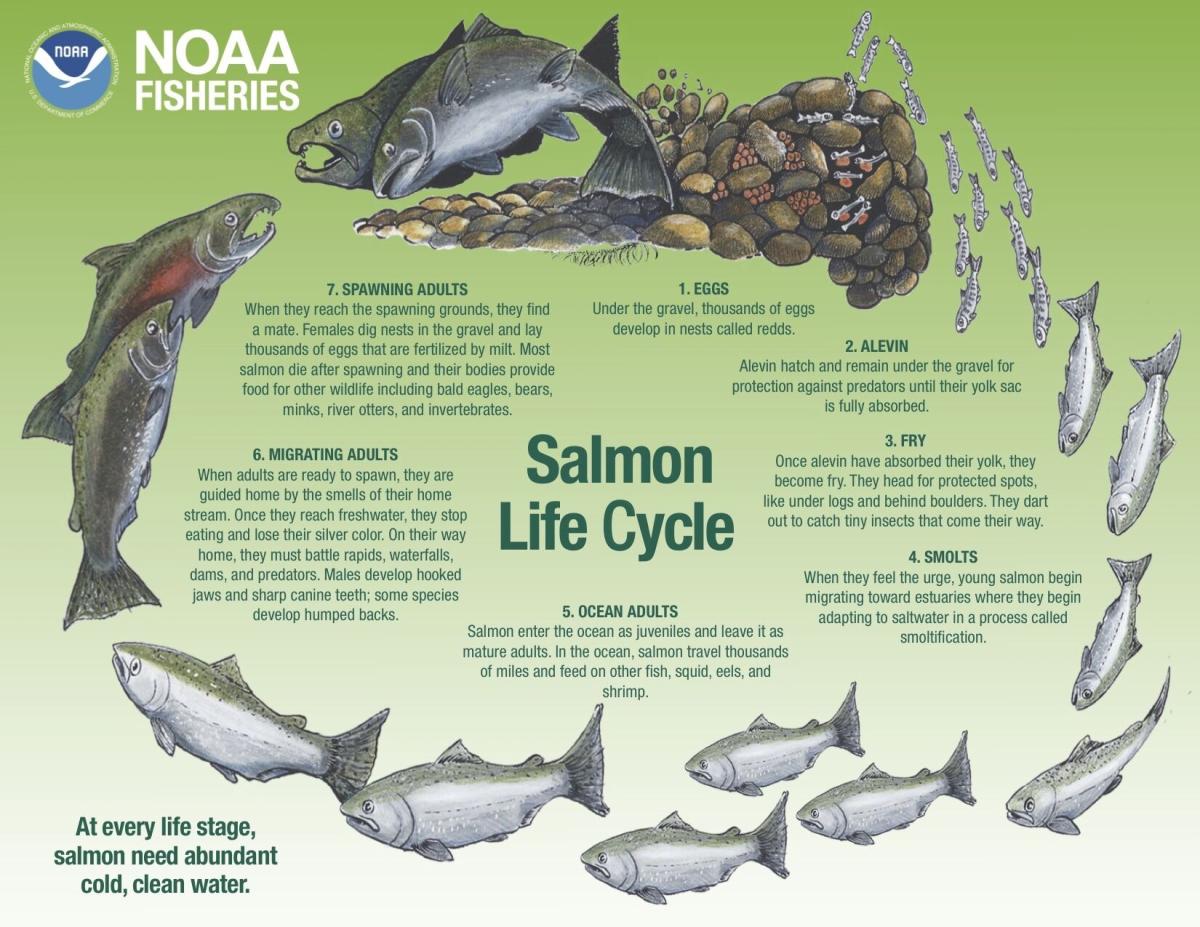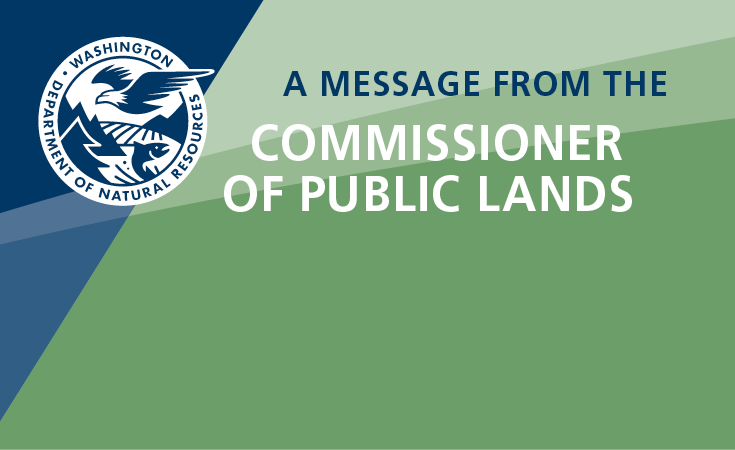Watershed Resilience Program

A salmon carcass on the banks of Cherry Creek in DNR's Marckworth State Forest. Salmon die after spawning, and their decomposing bodies provide marine-derived fertilizers that help our forests grow and thrive. Photo: DNR
Washington is at the heart of salmon country. These Northwest icons journey from land to sea and back again, but they need help to make the passage safely. As the natural resource and state lands manager for Washington State, the Department of Natural Resources is committed to supporting regional salmon recovery by supporting watershed health and resilience.
Through the Watershed Resilience Program, DNR is working to speed up salmon recovery and watershed health in priority areas. The Watershed Resilience team is coordinating with existing DNR programs to find opportunities for increased partner support, while identifying new initiatives to assist in salmon recovery. The Watershed Resilience Program is also tackling challenges such as invasive species and fish passage barriers across the landscape.
DNR’s watershed resilience work is guided by five goals that drive action toward outcomes that can be measured in the short and long-term, including:
-
Protect and clean up aquatic habitat.
-
Restore, conserve and connect forests and riparian habitat.
-
Revitalize urban forests and streams.
-
Engage and invest in communities.
-
Reduce and combat climate impacts
DNR launched this agency-wide effort in March 2022 with the publication of the Snohomish Watershed Resilience Action Plan, or WRAP. This comprehensive and holistic plan offers a “tree to sea” approach to building resilient watersheds and restoring salmon populations across the Snohomish Basin. It also provides a detailed roadmap for DNR’s work with partners over the next decade to advance salmon recovery.
In 2023, the Washington State Legislature invested in expanding this approach to two other priority watersheds: Puyallup and Nisqually.
DNR intends to partner with well-established and dedicated salmon recovery communities in each area to identify what is needed to promote the local salmon population and build healthier, more resilient watersheds.
For more info on ongoing Watershed Resilience Program Tree-to-Sea initiatives, follow the links below:
This work would not be possible without the dedication and knowledge of salmon recovery groups throughout the state. DNR applauds their hard work recovering salmon populations, and the Watershed Resilience Program team looks forward to engaging more fully on efforts throughout the region.
To learn more about Puget Sound and salmon recovery in Washington state, check out these resources:
Learn about Salmon and Salmon Recovery
Puget Sound Recovery Resources
Courtesy of NOAA



